The Quadrifoglio Collection is the Stuff of Alfa Romeo Dreams
Up for auction are 11 of the finest and most special Alfa Romeo cars to have ever graced the road and race track.
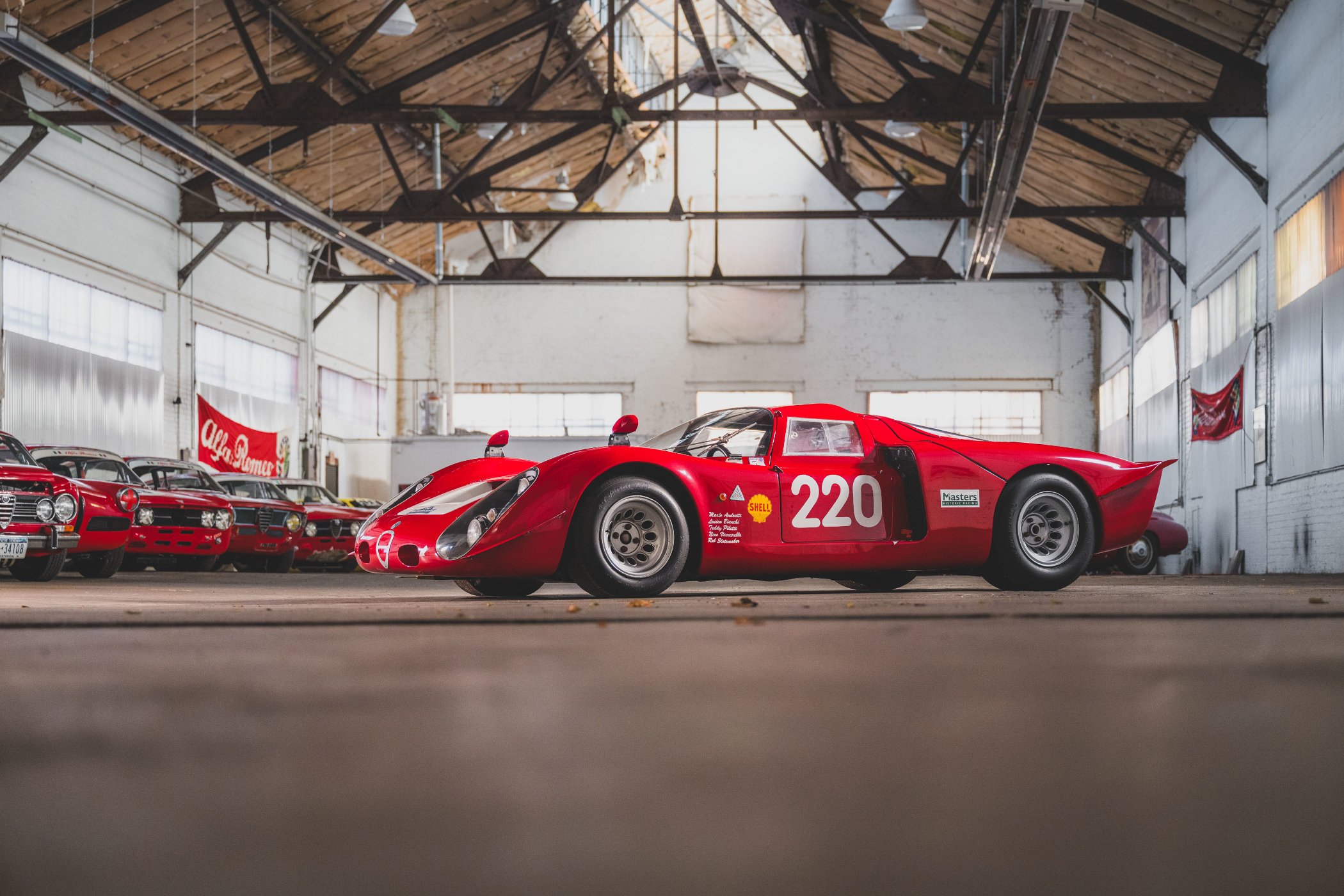
Few countries can hold a candle to the Italians when it comes to cars. With brands like Ferrari, Lamborghini, Maserati, Alfa Romeo and so on, there’s no shortage of four-wheeled beauties. Just mention names like Bertone, Pininfarina, Zagato, Ghia, Giugiaro, and the hearts of most Petrolheads will start racing with excitement. It’s no wonder, then, that some collectors will try and put together a greatest-hits collection, dedicated to a specific era, designer, race or brand. One such collection is now coming up for auction through RM Sotheby’s during their Monterey weekend, and the name alone should be a dead giveaway about what to expect: the Quadrifoglio Collection. Yup, it’s a unique set of 11 Alfa Romeos, all built between 1958 and 1974, spanning almost two decades of the brand’s finest automobiles.
Jeremy Clarkson once proclaimed that you can’t be a true Petrolhead unless you’ve owned an Alfa Romeo. And while I don’t know if that’s exactly true, you can’t deny it is among the very best brands out there. And I am not talking about reliability, depreciation and whatnot, but pure, unadulterated sex-appeal-on-wheels. Sure, in recent times things might be a touch complicated for the company, but throughout its 115 years of existence, it has produced some of the finest and most beautiful road and racing cars ever! The pre-war 6C and 8C series were among the best luxury and sports cars of the time, and cars like the B.A.T. 5, 7 and 11 pushed the concept of design to new heights in the 1950s.
But even with simpler cars, such as the 105 and 115 series (GT, GTV, GT Junior, GTA), it hit the mark in terms of styling and driving pleasure. Alfa Romeo has also been hugely successful in racing, winning the Targa Florio six times in a row in the 1930s and winning the Millie Miglia all but once between 1928 and 1938. It won at Le Mans four times, became champion in pre-war Grand Prix racing multiple times, and won the inaugural Formula 1 championship in 1950 and again the following year. All this makes Alfa Romeo one of the greatest car manufacturers, whether it’s road or race cars we’re talking about, in history.
Moving to the Quadrifoglio collection, it would be a stretch to go into detail on all 11 cars. And while two 1970 1750 GTAm’s, widely regarded as one of Alfa’s crowning achievements, might be the obvious choice, I’ve gone down a different path. I simply can’t ignore the stunning and ultra-rare T33/2 sports prototype from 1968, and I’ve lined up the gorgeous 1964 Giulia Sprint Speciale alongside it, because… well, you’ll see in a second!
1964 Alfa Romeo Giulia Sprint Speciale by Bertone
The Italians are known for their flair and elegance, and sometimes come close to absolute design perfection. The Giulia Sprint Speciale by Bertone is perhaps one of those cars that strikes a perfect balance from every angle you look at it. From the round headlights and tip of the curvaceous wheel arches to the partially tucked wheels, and from the domed roof line to the short, swooping rear section, it is just a thing of beauty! It was designed by Bertone, as its name suggests, who would later famously introduce the wedge-shaped style of design seen on cars like the Alfa Romeo 33 Carabo and the Lancia Stratos HF Zero.
The design of the Sprint Speciale made its debut in 1957 with the Giulietta Sprint Speciale. It’s closely related to the famous “Disco Volante” by coachbuilder Carrozzeria Touring and the aerodynamic B.A.T. studies. By 1963, Alfa Romeo introduced the Giulia as a replacement for the Giulietta, largely revising the design of the car in the process. The design of the Sprint Speciale, however, would remain largely unchanged, despite the fact that Bertone built a prototype of a potential replacement, the Giulia Sprint Speciale Bertone Prototipo. The design, penned by Giorgietto Giugiaro (working for Bertone at the time), was an evolution of the original, with a sharper, more modern profile that included dual headlights and a wrap-around rear window.
This particular car, one of 1,400 Giulia Sprint Speciales, was sold new to a gentleman in Conselve, Italy, before moving to the US in the mid-1980s. There, it was meticulously restored to its current condition. It has since been finished in elegant Bianco, over dark and light blue upholstery. The engine is the more potent 1.6-litre twin-cam four-cylinder with double Weber carburators it originally came with, producing about 110 horsepower. More than enough to gracefully trundle along the Riviera or to explore some winding backroads!
1968 Alfa Romeo T33/2 ‘Daytona’
In the 1960s, Alfa Romeo was a dominant force in racing. Across multiple disciplines, it was one of the teams to beat, as they say, wherever it showed up. It raced in everything from long-distance road rallies such as the Targa Florio and the Mille Miglia, fielded vast numbers of cars in GT-spec racing across the globe, and entered endurance events such as the Le Mans and Daytona 24 Hour races. One of the most famous sports prototypes built by Alfa is the Tipo 33, or T33. It made its debut in 1967 after several years of development. Raced by Autodelta, the Alfa Romeo factory team of the day, it initially used the 2.0-litre inline four-cylinder engine from the TZ-2 that preceded it. Not long after, Autodelta swapped it out for a compact 1,995cc V8, producing about 270bhp.
It seemed like an instant recipe for success, as it won its first-ever race, a hillclimb event in Fléron, Belgium. However, the car proved fast yet unreliable and failed to make an impression for the remainder of the racing season. For 1968, the car would be heavily revised into the T33/2, which immediately won the 2.0-litre class in the Daytona 24 Hours, earning it the nickname T33/2 ‘Daytona’. It went on to come in first and second at the Targa Florio, won its class in the Nürburgring 1000km (albeit with a bigger engine), and the 1000km di Monza that same year.
This particular car is just one of 10 T33/2s that still exist out of 28 cars built. It made its debut in the Daytona 24 Hours of 1967, where it was piloted by Lucien Bianchi and Mario Andretti, finishing second in class and sixth overall. It would then be the first of just a handful of T33/2s to be fitted with the bigger 2.5-litre engine, before it was entered in the Targa Florio. An unfortunate run-in meant retirement for the duo of Nino Vaccarella and Udo Schütz, while it was in second place. It would go on to be raced by the Belgian VDS racing team, founded by a descendant of the Stella-Artois beer company, to varying degrees of success. Over the past several years, it has been restored to its former glory with no expense spared.
It’s now finished in its #220 livery, which it wore during the 1967 Targa Florio. Further development was done to the T33 platform, evolving into the T33/3, T33/4 and the TT12 and SC12 variants. The latter versions would go on to dominate the 1975 World Championship for Makers (winning 7 out of 8 races) and the 1977 World Championship for Sports Cars (8 out of 8 races). To me, the T33, and especially the T33/2 generation, remains one of the most beautiful Alfa Romeo sports prototypes, despite not being the most successful.
While these two are absolutely amazing on their own, the Quadrifoglio Collection comprises 11 cars in total. The collection spans almost two decades, ranging from 1958 to 1974, arguably one of the best periods in the fabled Italian carmaker’s history:
- 1958 Alfa Romeo Giulietta Spider by Pinin Farina
- 1961 Alfa Romeo Giulietta SZ ‘Coda Tronca’
- 1961 Alfa Romeo Giulietta Sprint by Bertone
- 1964 Alfa Romeo Giulia TZ-1 ‘Double Bubble’
- 1964 Alfa Romeo Giulia Sprint Speciale by Bertone
- 1966 Alfa Romeo Giulia Sprint GTA
- 1967 Alfa Romeo Giulia GT 1300 Junior
- 1968 Alfa Romeo T33/2 ‘Daytona’
- 1970 Alfa Romeo 1750 GTAm
- 1970 Alfa Romeo 1750 GTAm Specification
- 1974 Alfa Romeo 2000 GTV
All are offered without reserve, which is sometimes a bit of a risk with such a focused one-brand collection. The estimates range from USD 20,000 to USD 30,000 for the 1961 Giulietta Spring by Bertone, and USD 400,000 to USD 500,000 for the 1961 Giulietta SZ ‘Coda Tronca’. The top lots for the collection are, of course, the Giulia TZ-1 ‘Double Bubble, with an estimate of USD 700,000 to USD 900,000 and the T33/2 ‘Daytona’, which has an estimate of USD 1,700,000 to USD 2,000,000. And for those two, I wouldn’t be surprised if they smash through the top estimate! The Monterey auction weekend is held on August 15th and 16th, with plenty more gorgeous and iconic machines coming across the block.
For more information, please visit RMSothebys.com.
Editorial note: The information used and images portrayed in this article are sourced from and used with permission of RM Sotheby’s, unless stated otherwise.

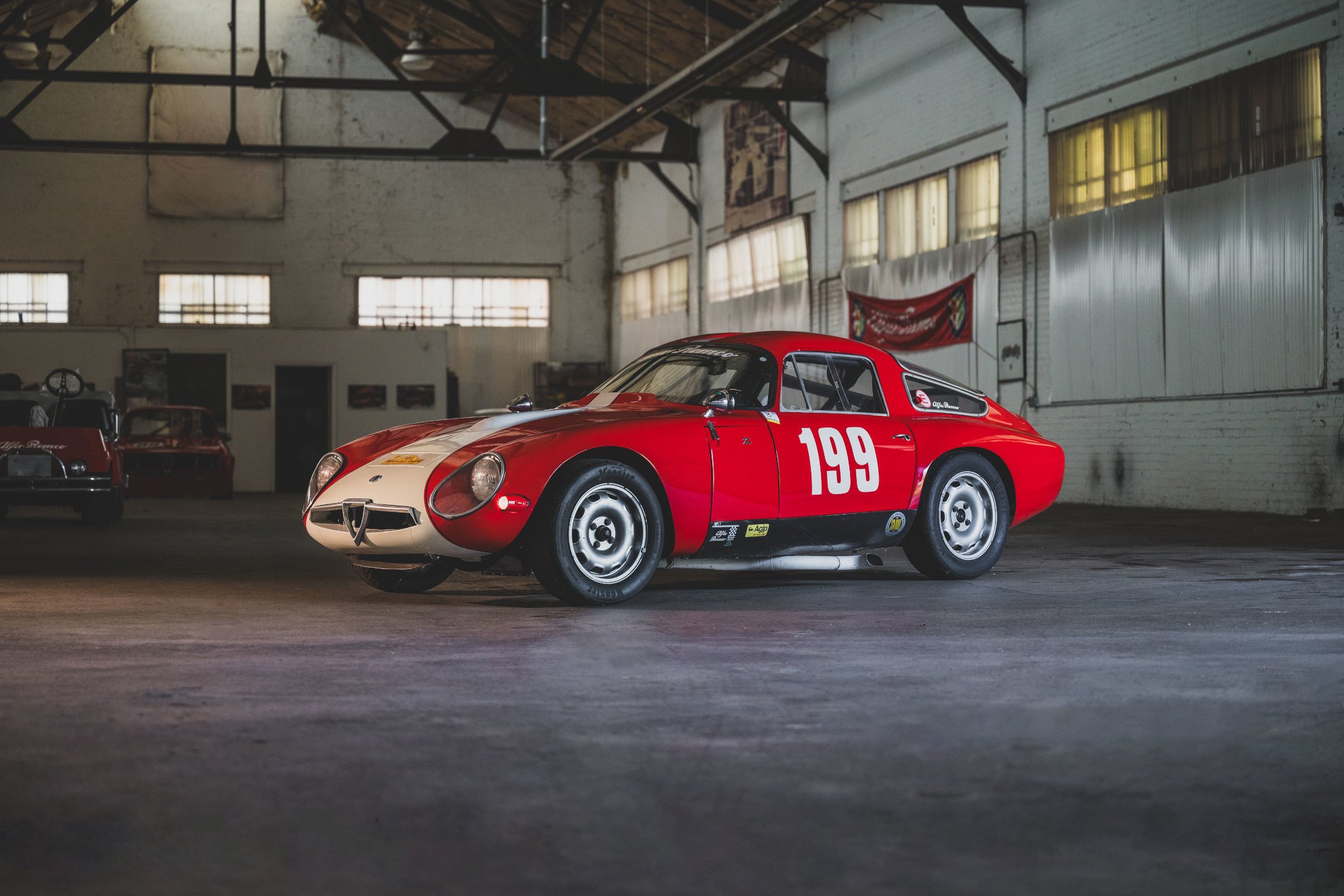
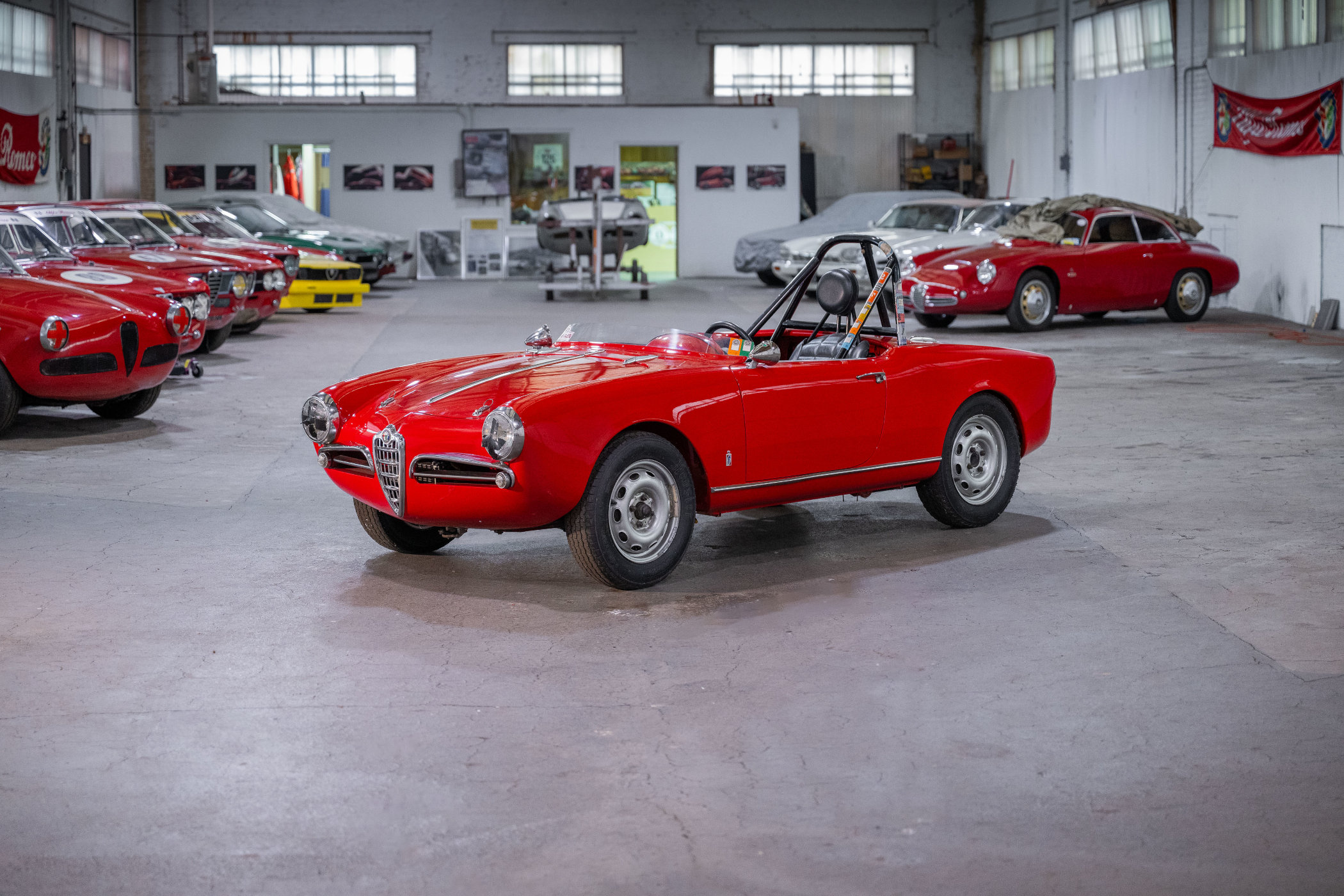
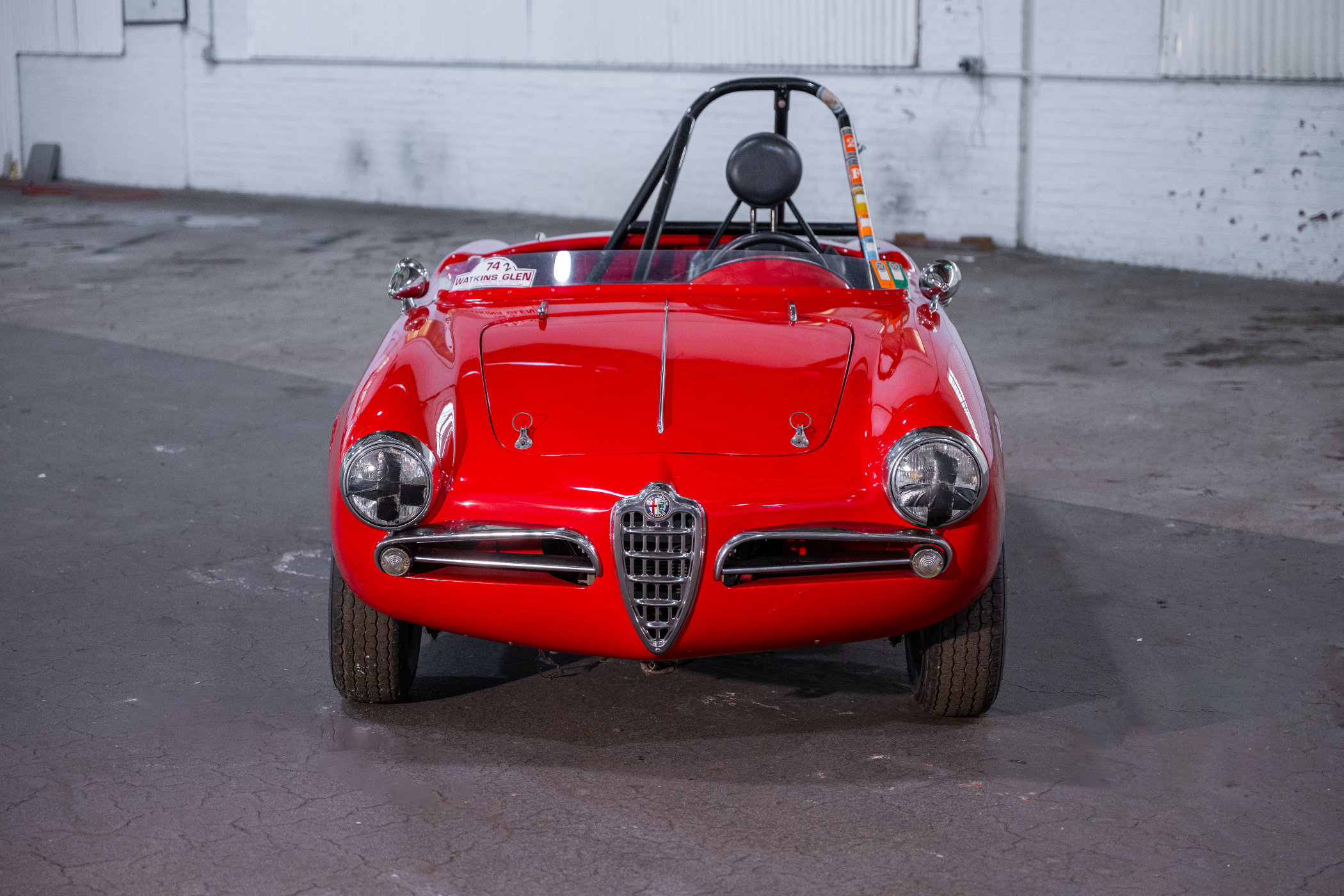
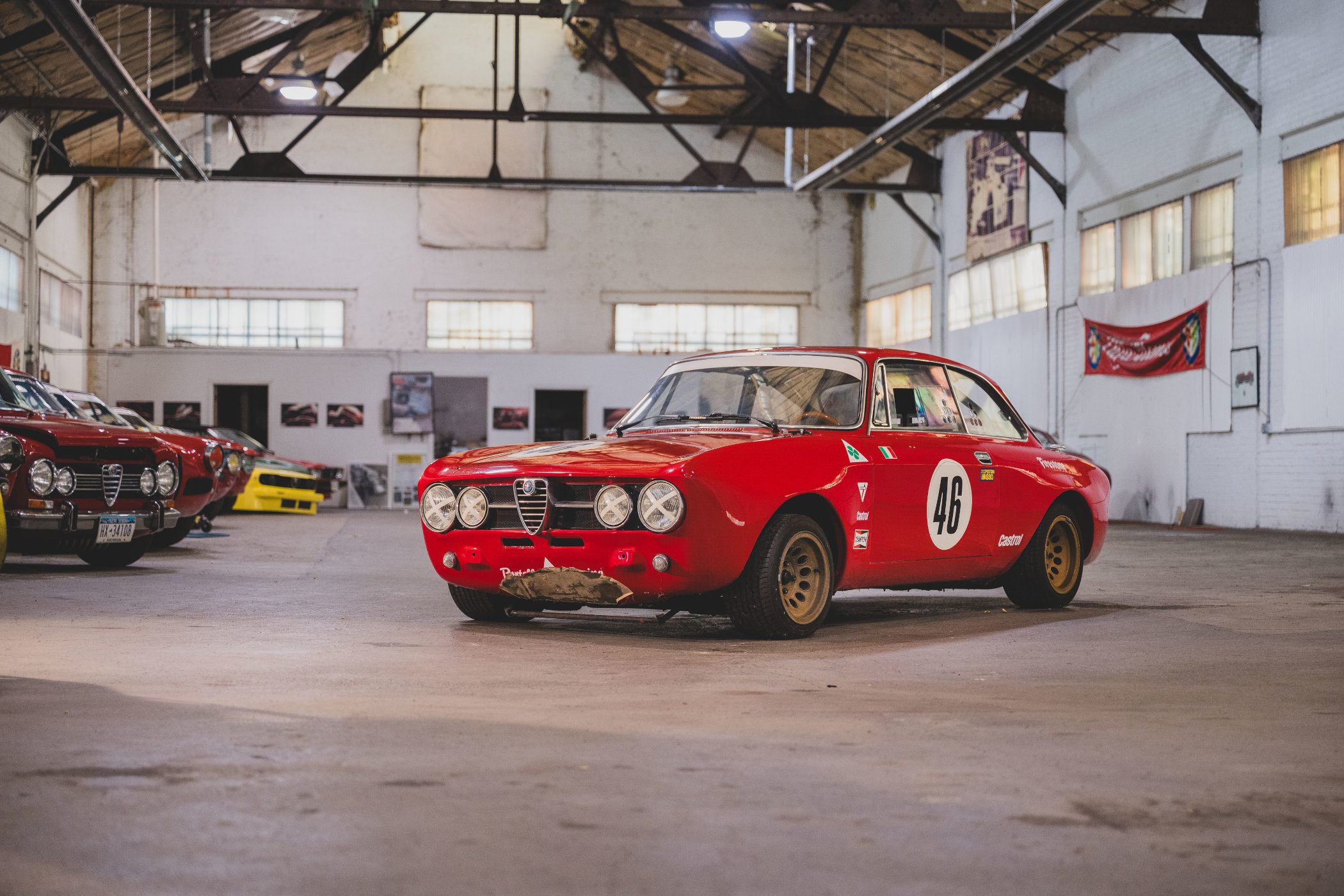
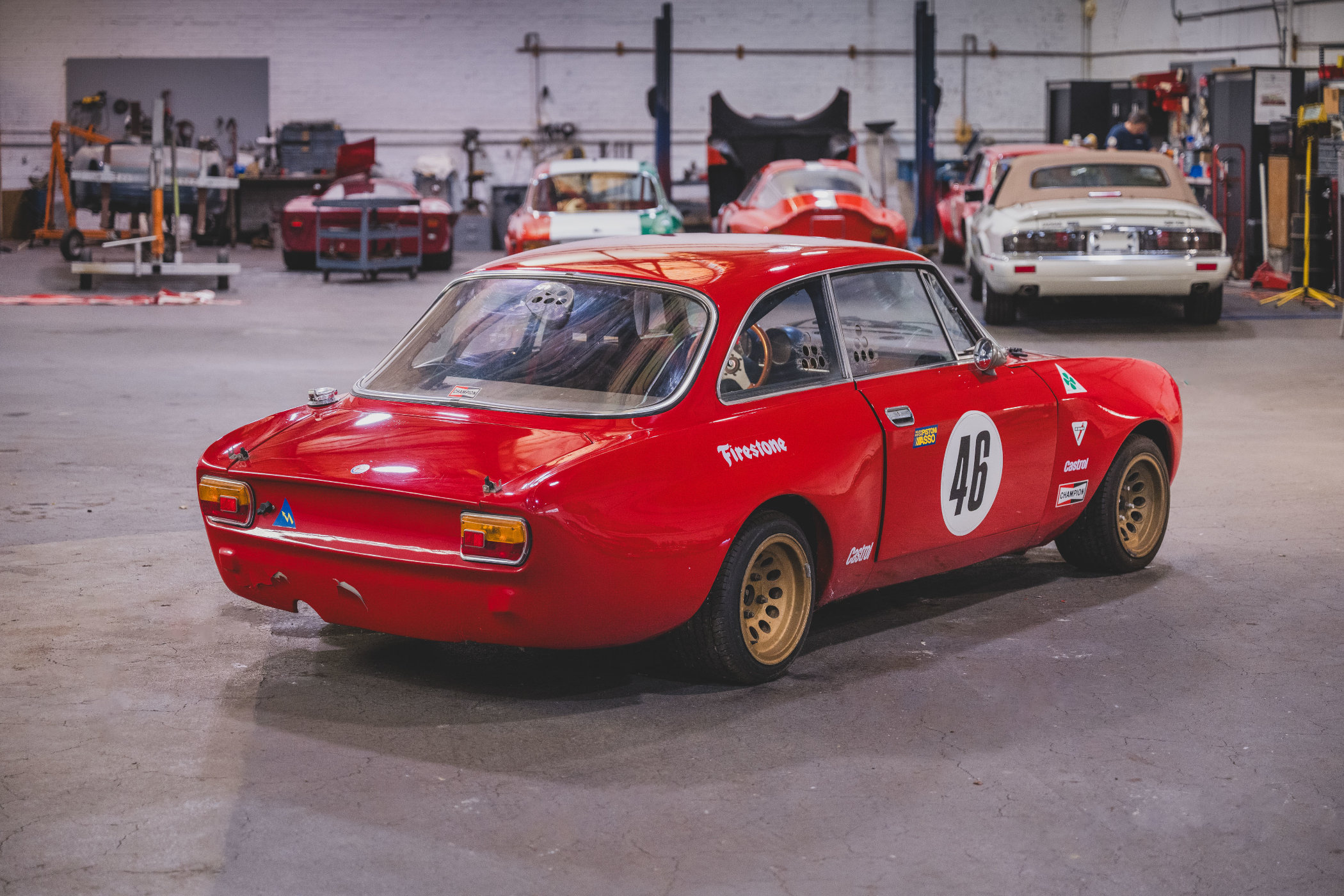
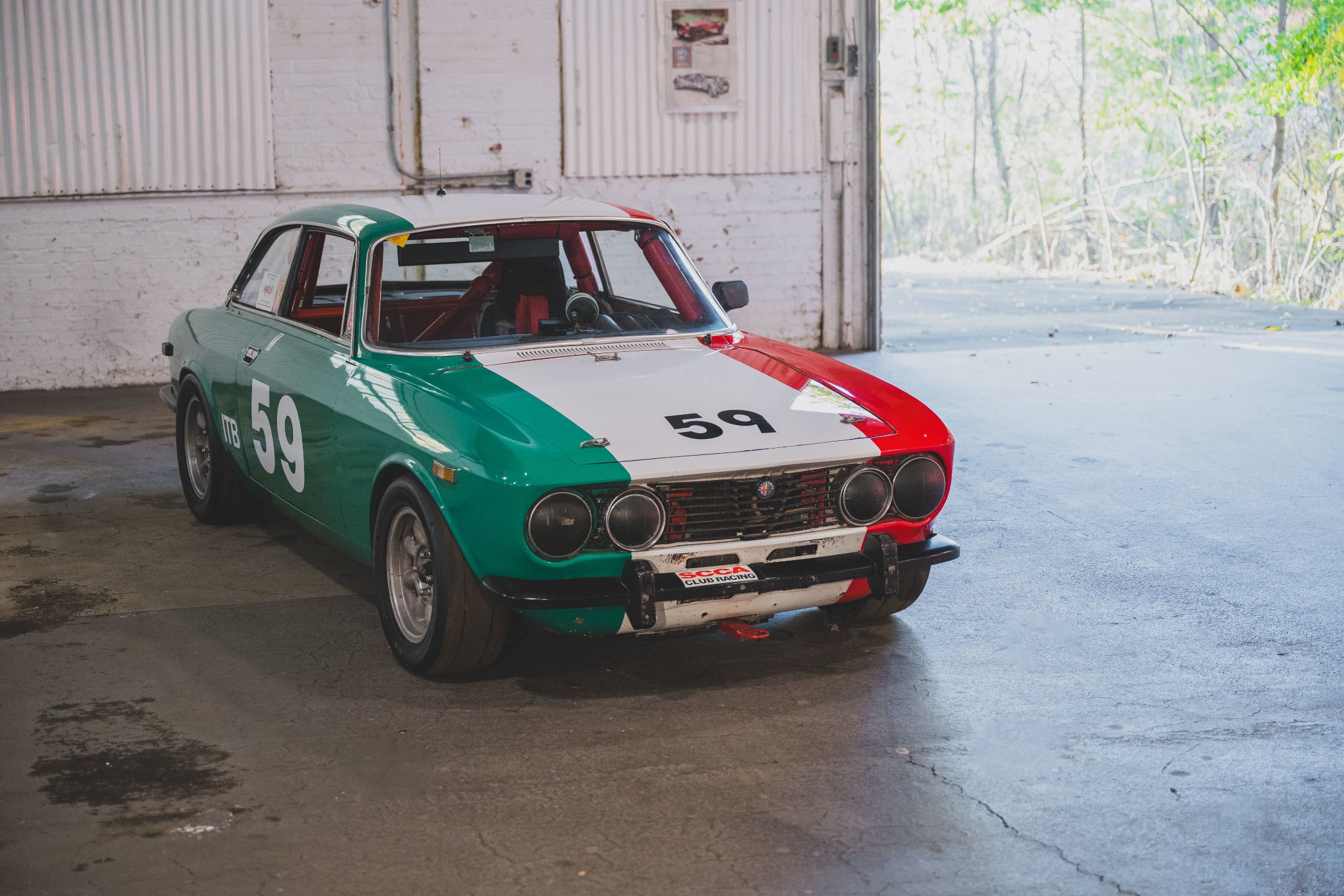
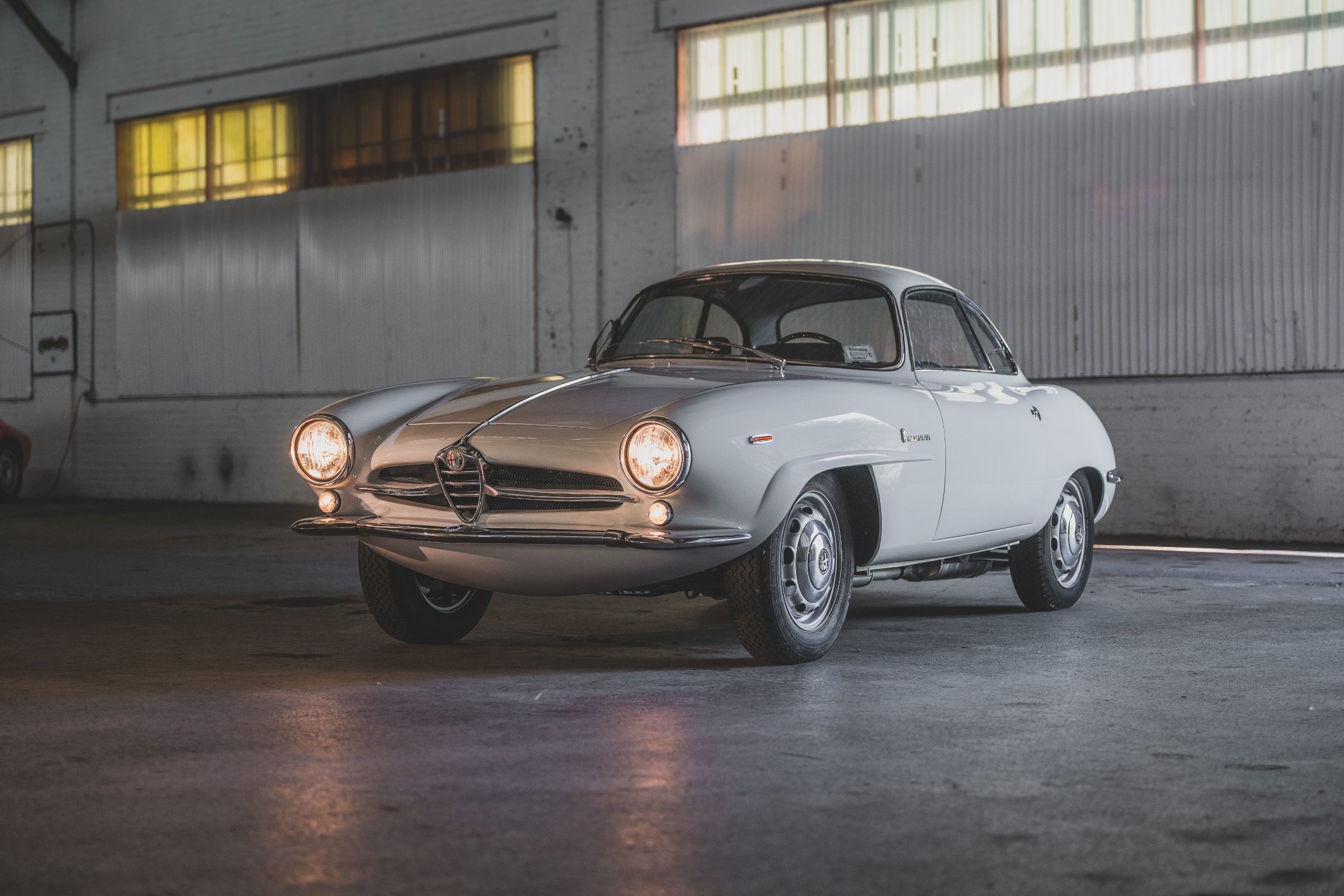
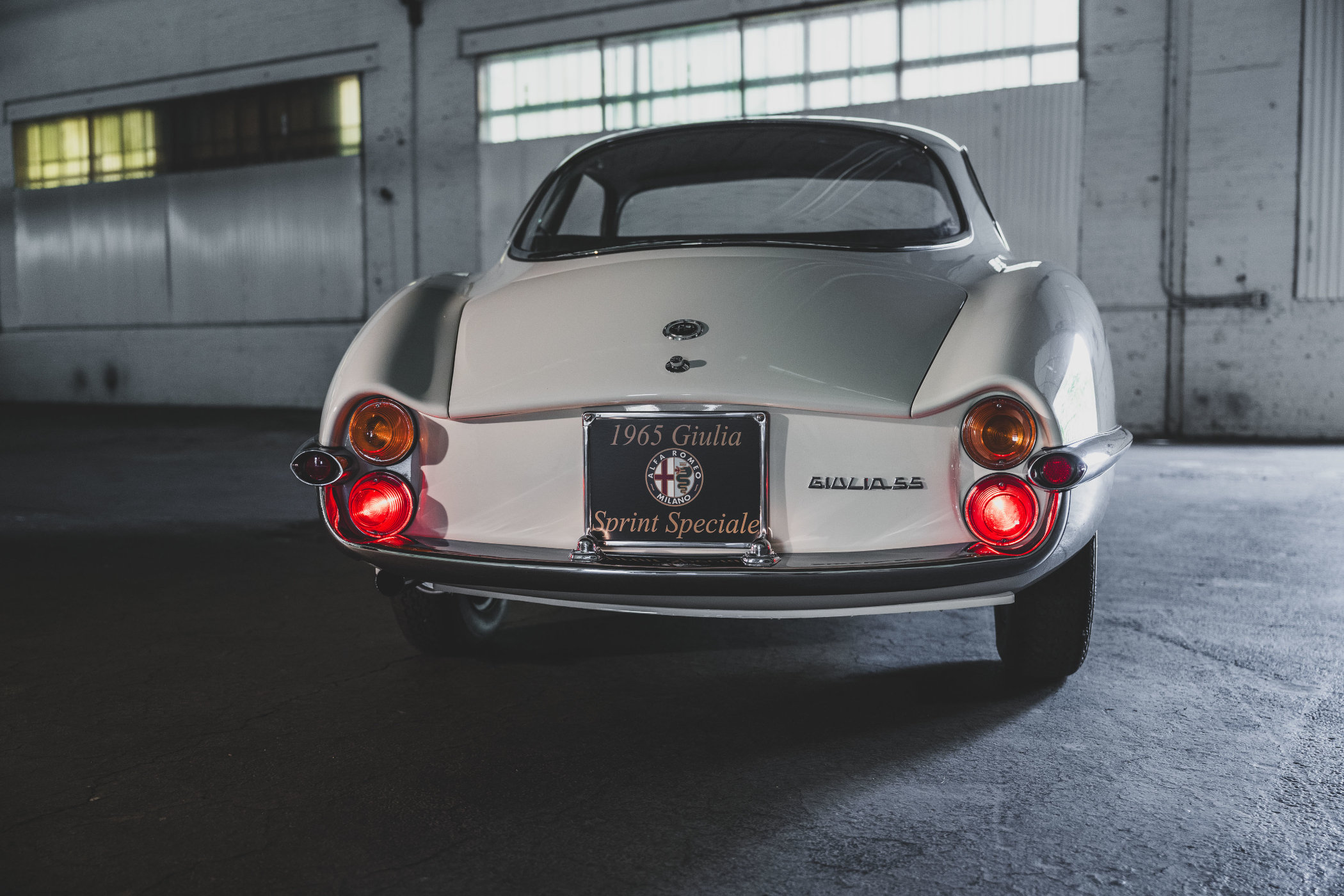
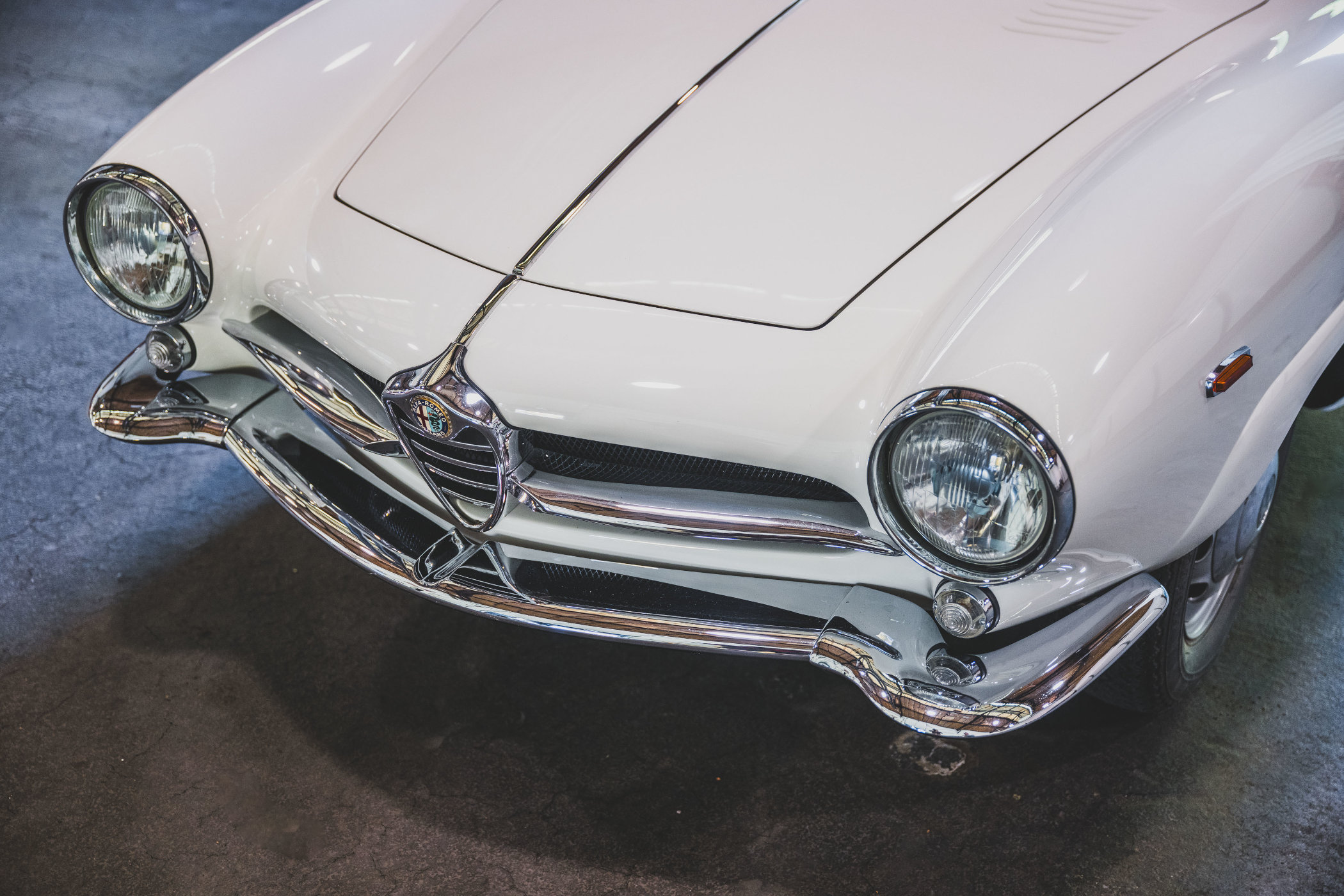
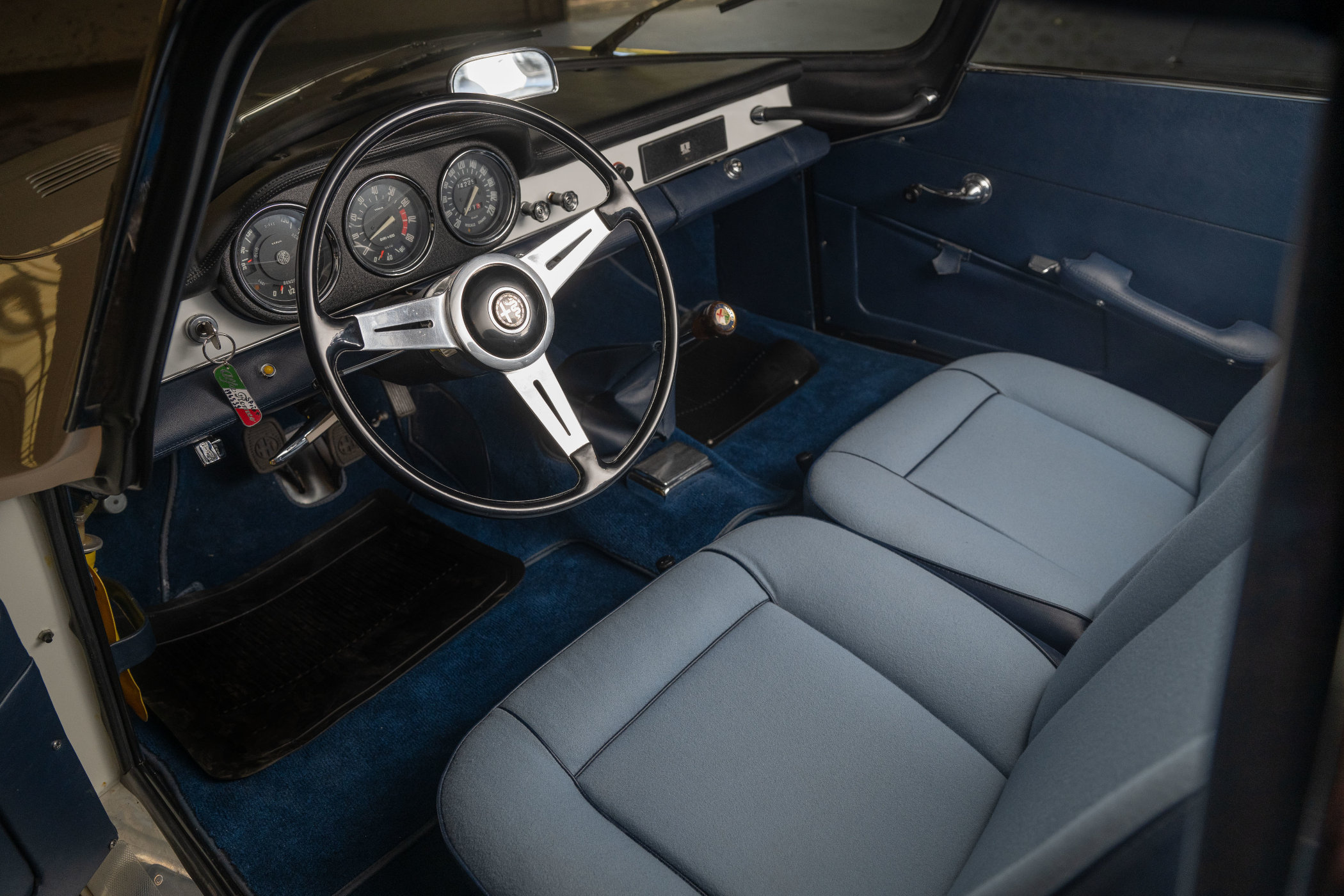
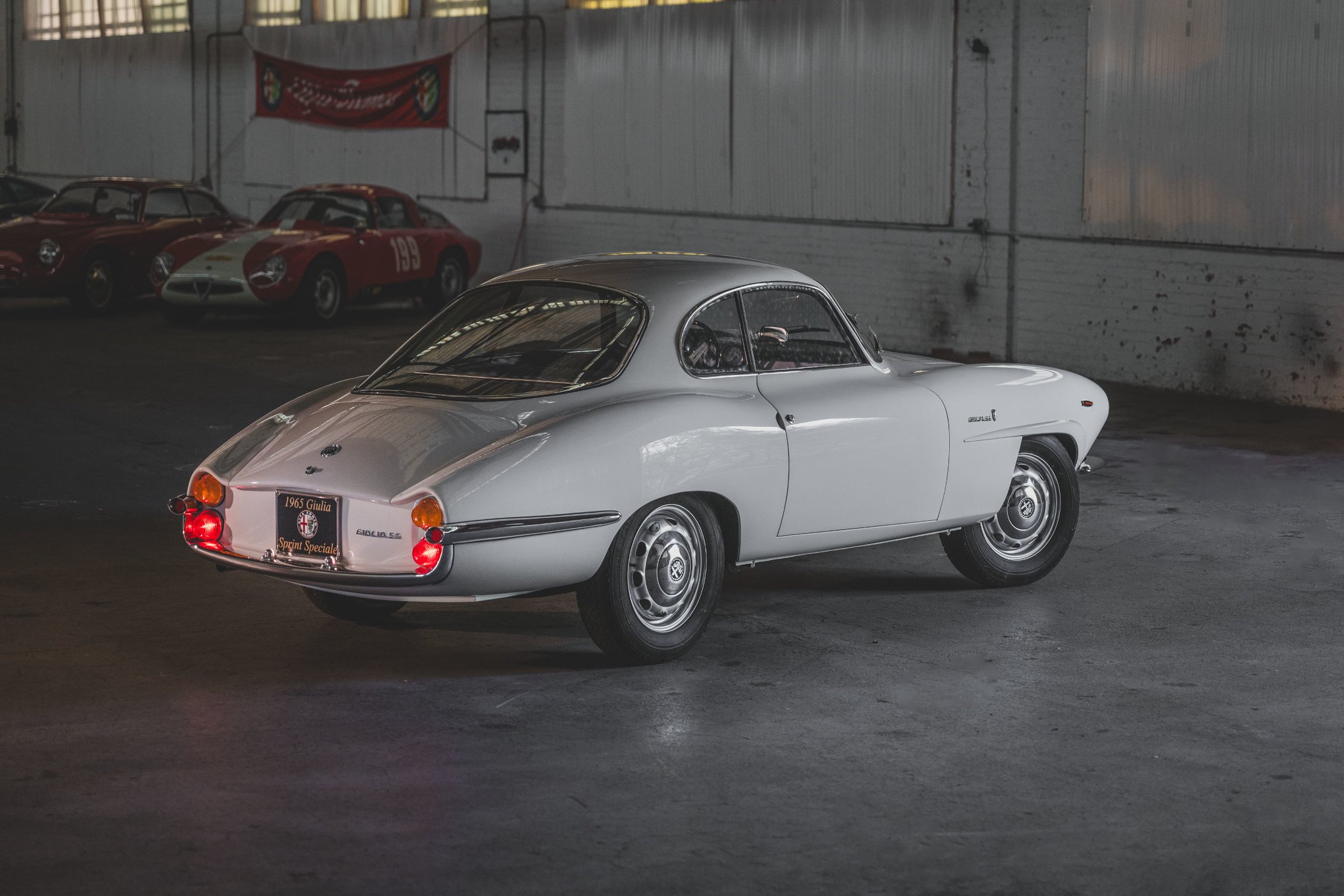
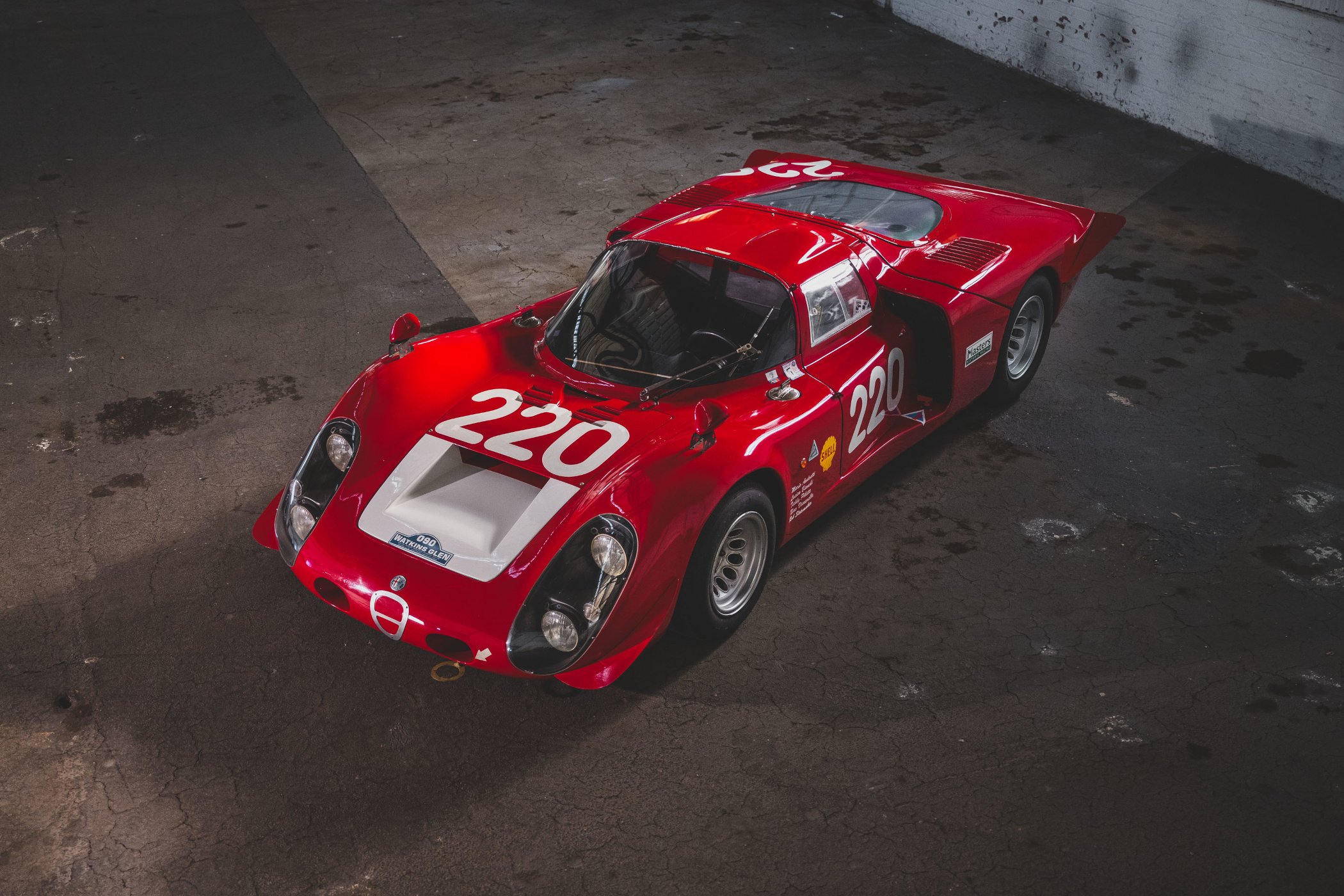

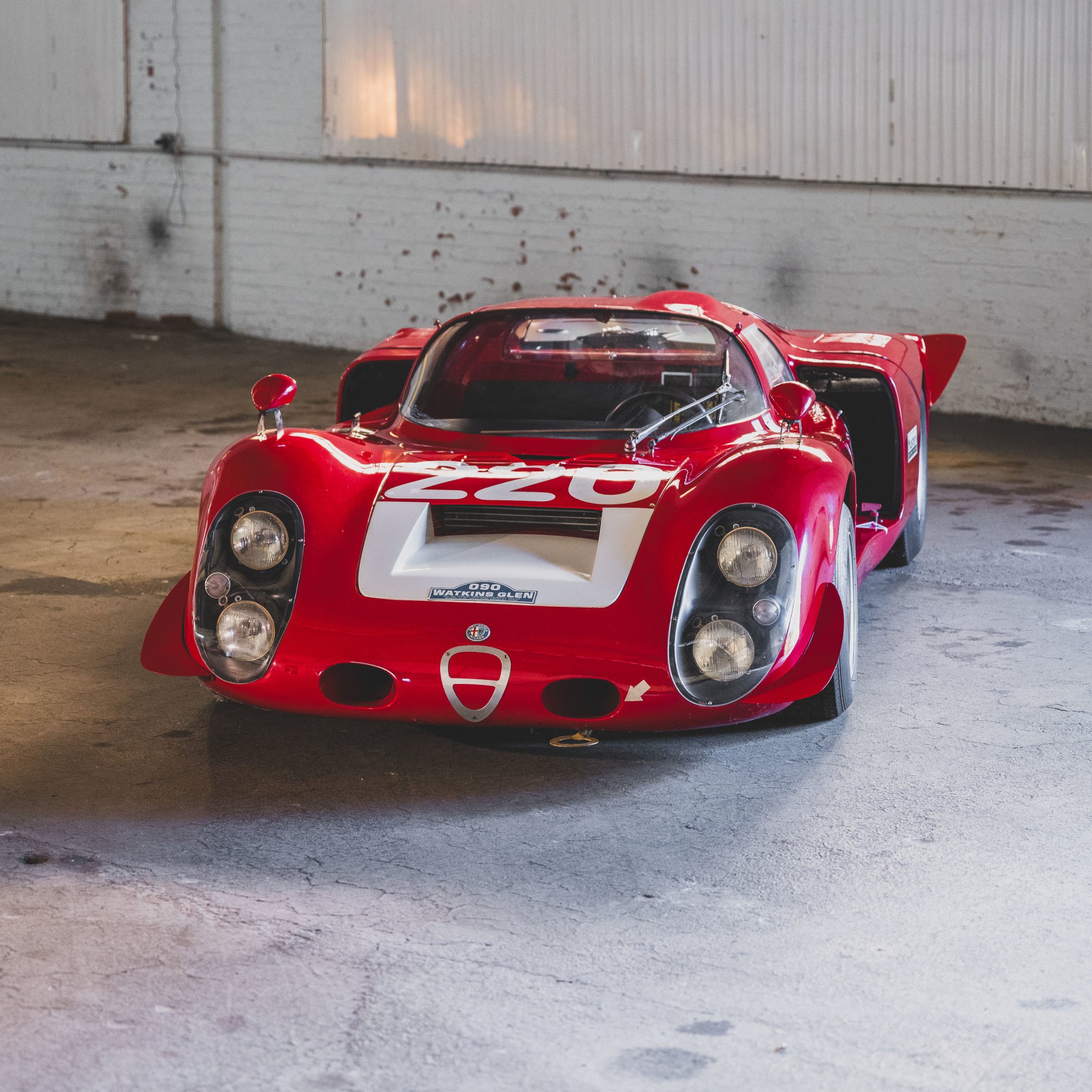
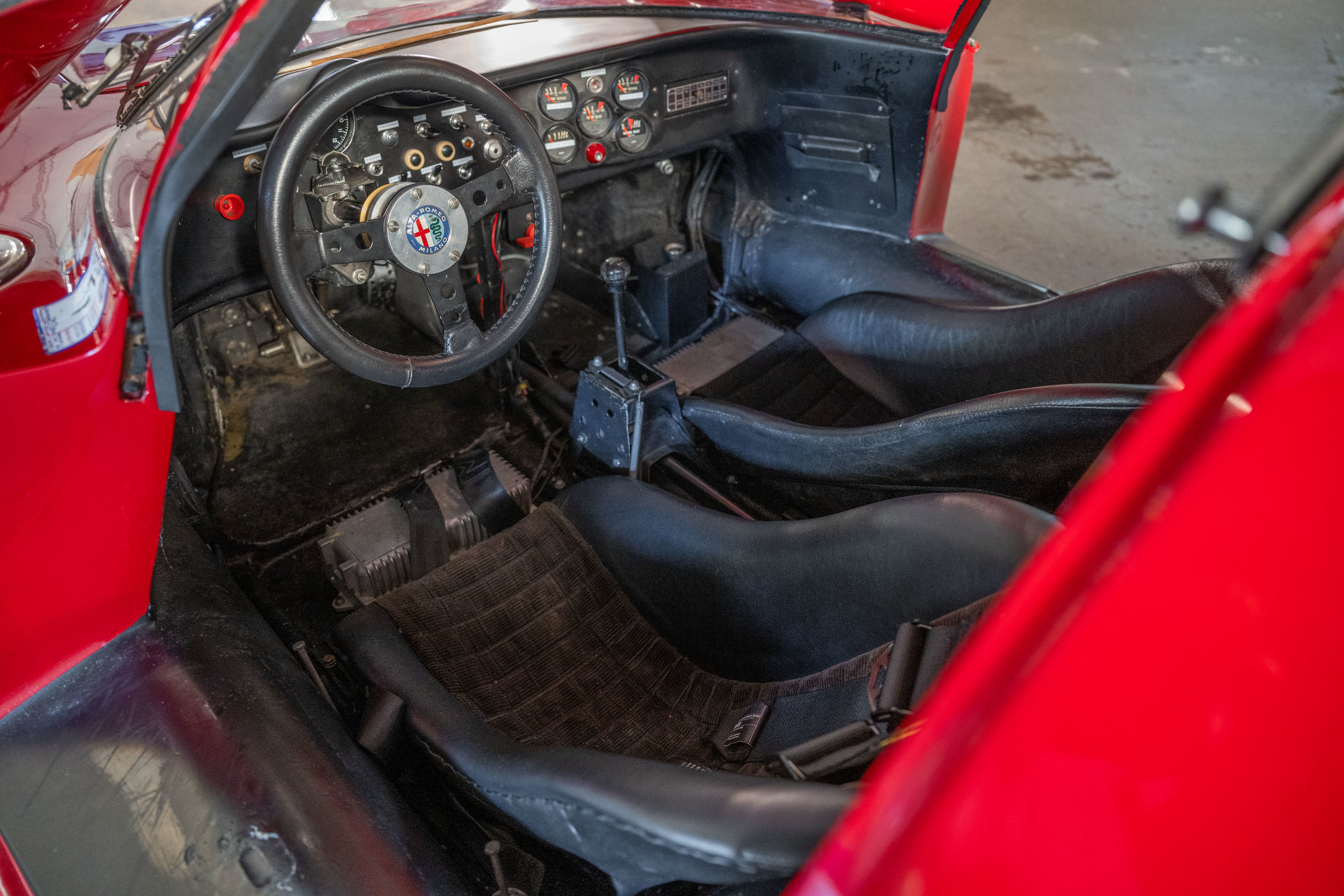
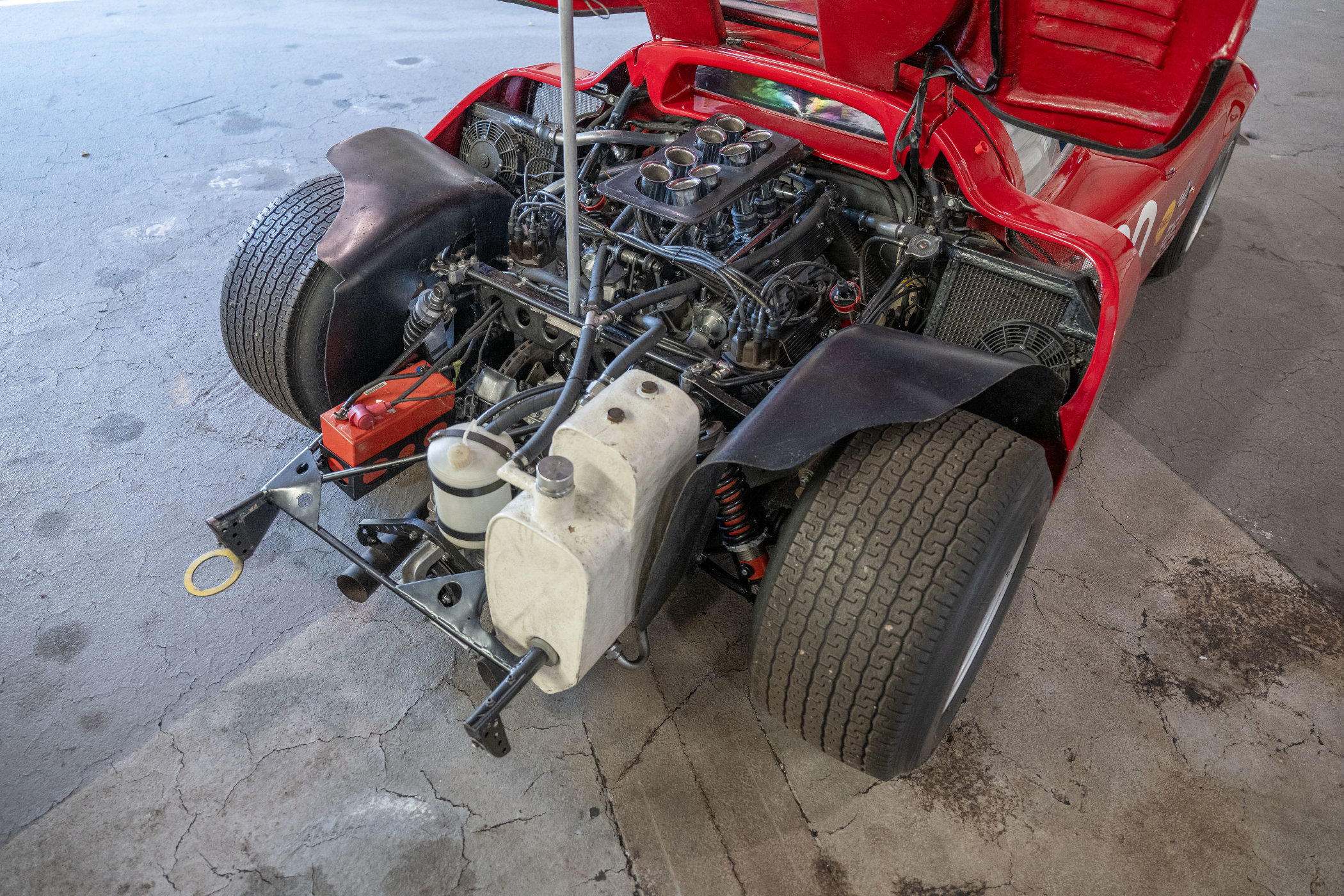
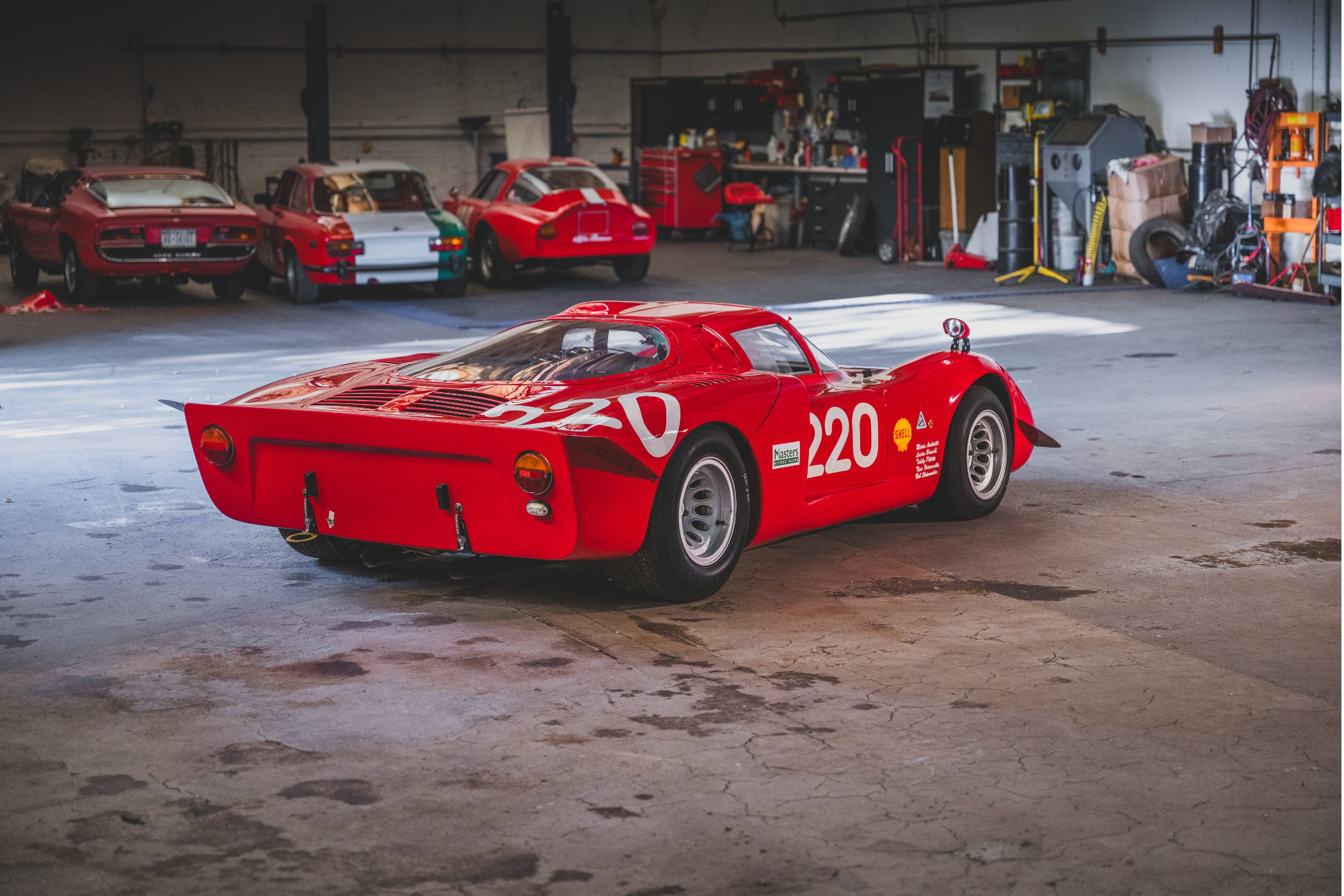
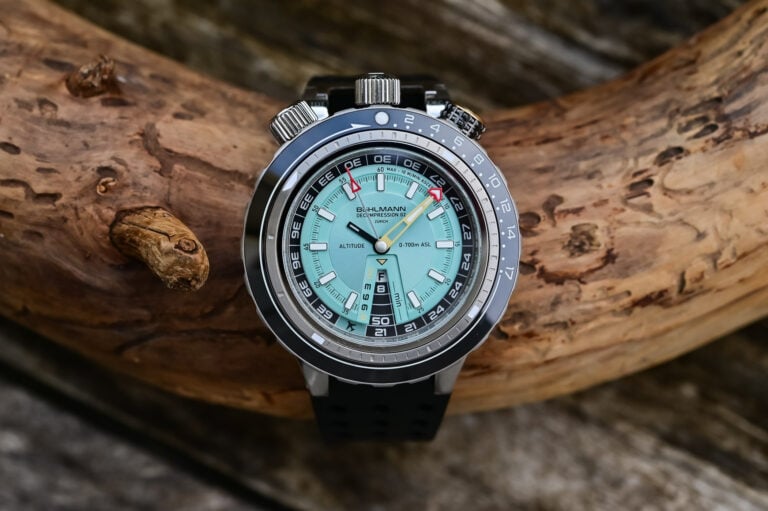
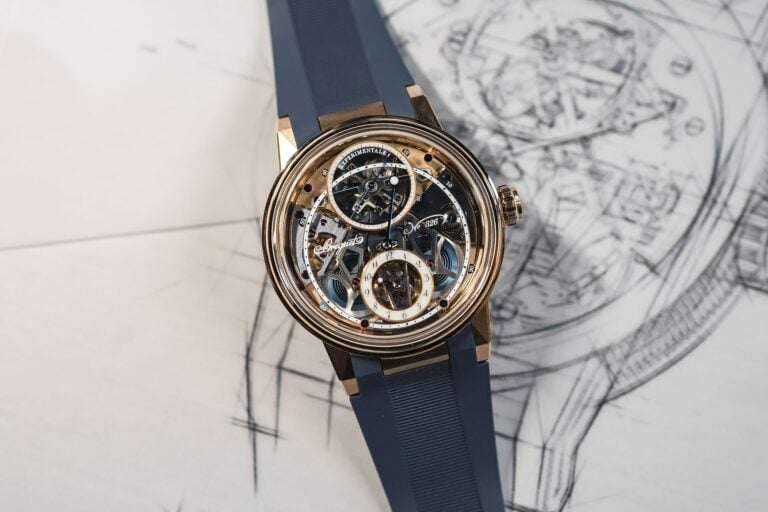
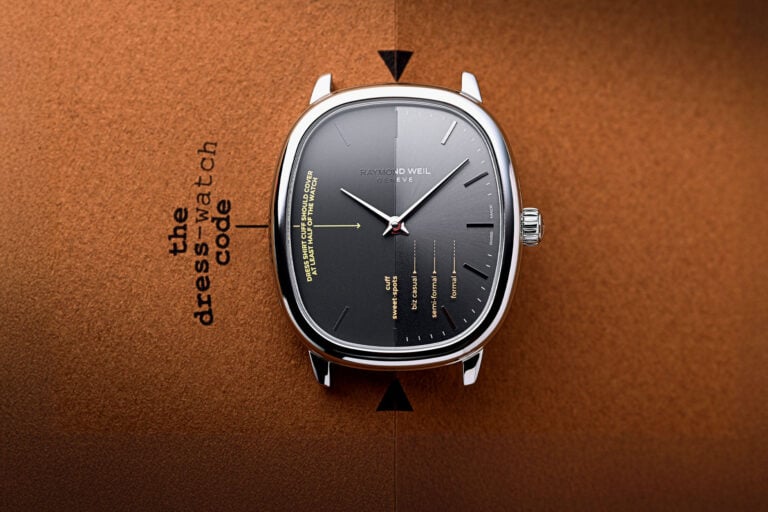
1 response
Wow…!